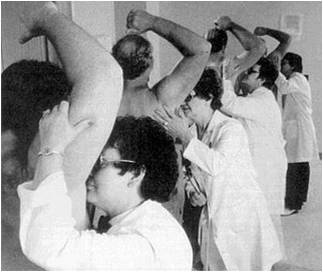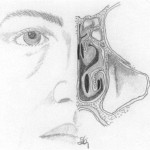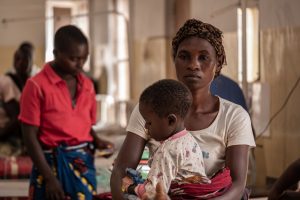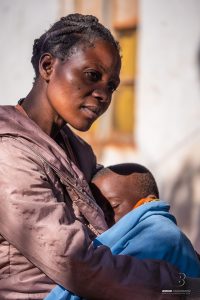Research
Research projects
Nasal discoveries
Intranasal delivery of drugs has been practiced for several millennial. In 1550 B.C. the Papyrus Ebers preserves records of ancient formulas and remedies for treating various diseases one being pouring date-juice into the nostrils to treat inflammation or take milk of a woman who has born a son and fragrant bread and put into the nose. Hindu documents describe sternutatories and errhines, which are drugs that cause sneezing and increased secretion from the nose when locally applied, such as pulverized pepper, tobacco and saponine.
New intranasal delivery systems
Today, with constant improvements and new drug discoveries, the need for well designed drugs and drug delivery systems has expanded. Although the discoveries of new molecules are important, the demand for new effective and safe delivery systems is also increasing.
Numerous excipients have been found that are capable of promoting the flux of drug across the nasal membrane. My research has resulted in one intranasal product that has already reached market.
Neglected Tropical Diseases
We are working intensely on drugs to treat neglected diseases in neglected population (children under the age of 5 year). These are diseases such as severe or cerebral malaria in children, schistosomiasis (bilharzia, snail fever), onchocerciasis (river blindness) as well as other infectious diseases. Here, pediatric formulations and pediatric dosage forms is a focus are.
Maternal Health
Preeclampsia is one of the leading cause of fetal deaths. Through extensive research network, from Tel Aviv (Israel), to Graz (Austria), to Vermont (USA), to Cosenza (Italy), to London (UK) etc. a protein has been discovered that has the capability to secure necessary blood flow to the fetus, something that is limited in preeclampsia. We are currently working on the placental protein 13, a protein only manufactured by the placenta, and may be the only drug that will prevent women from developing this diseases.
Postpartum hemorrhage is the leading cause of maternal deaths, especially in Africa, resulting in an orphan child. One of our focus areas is to look at prophylactic or emergency treatments, that can be used in hot climate by midwifes, anywhere in this part of the world. The goal is to see these women live to enjoy their newborn.



